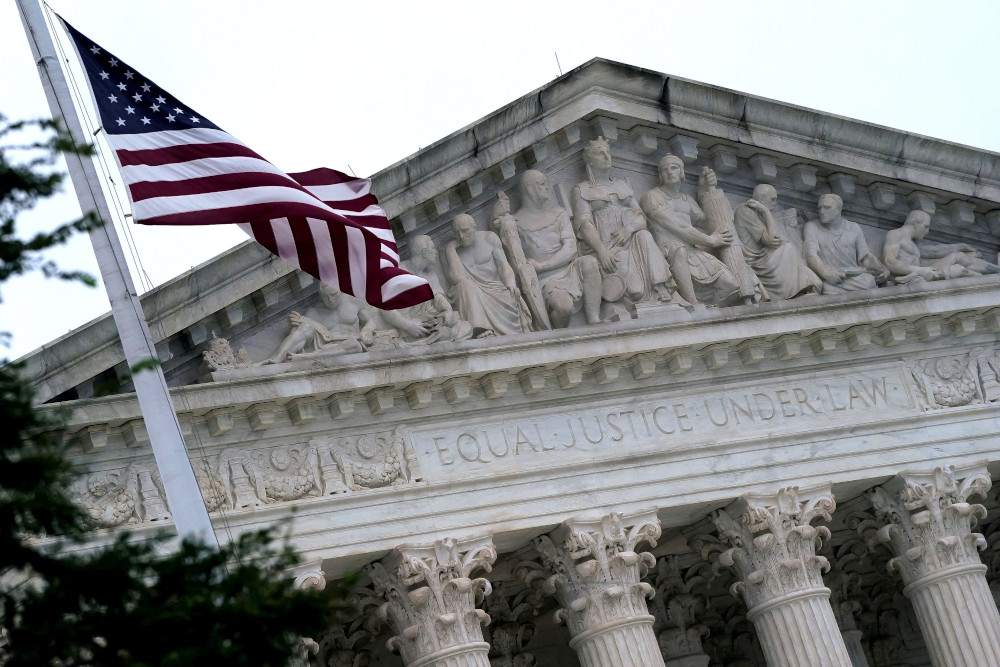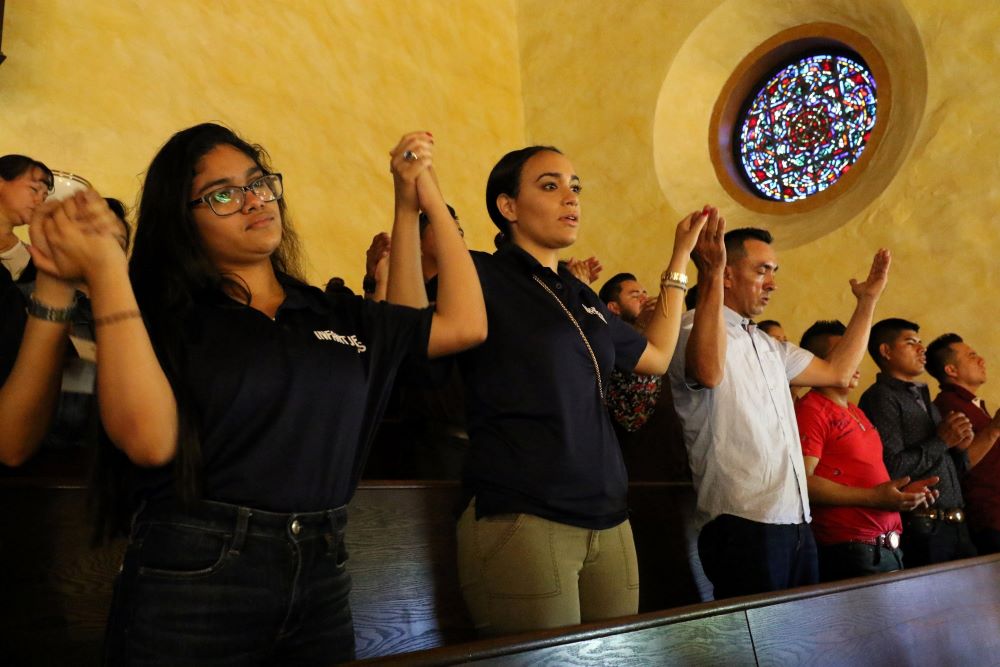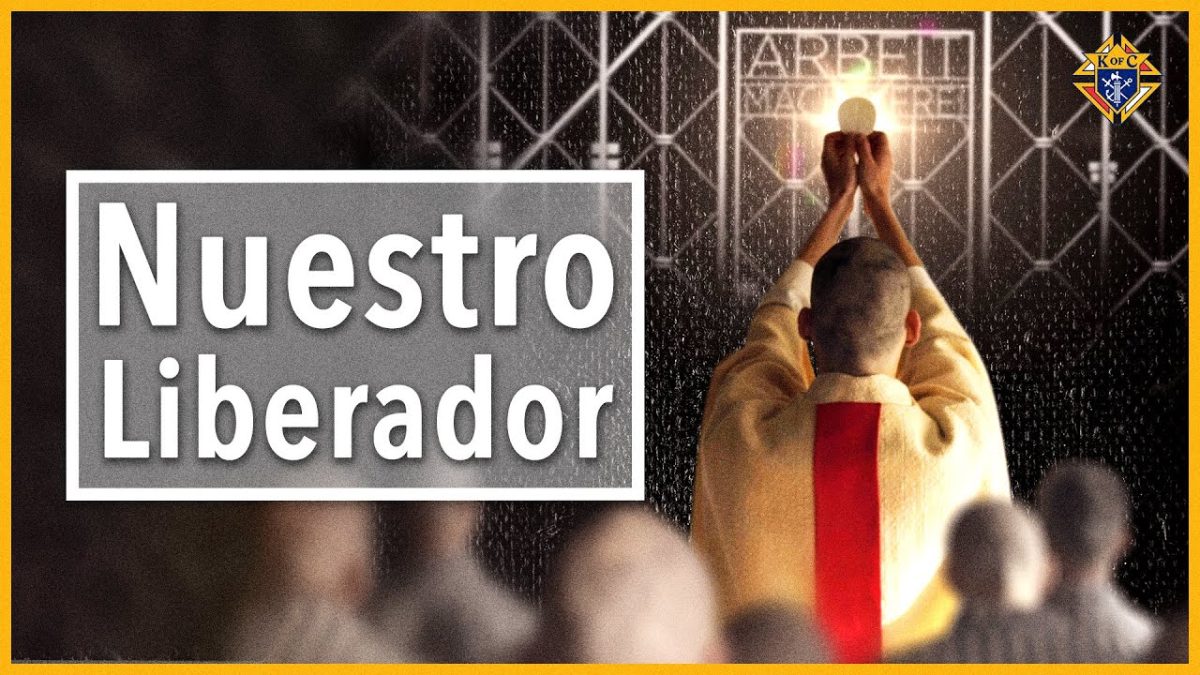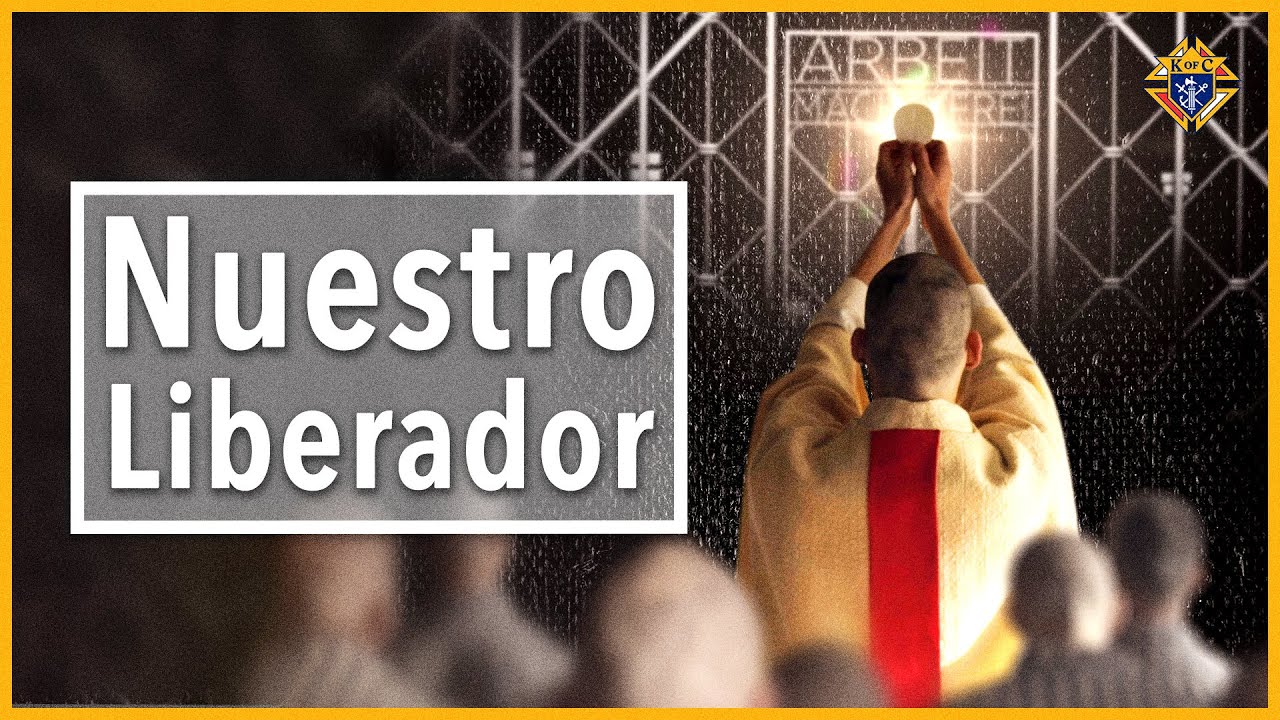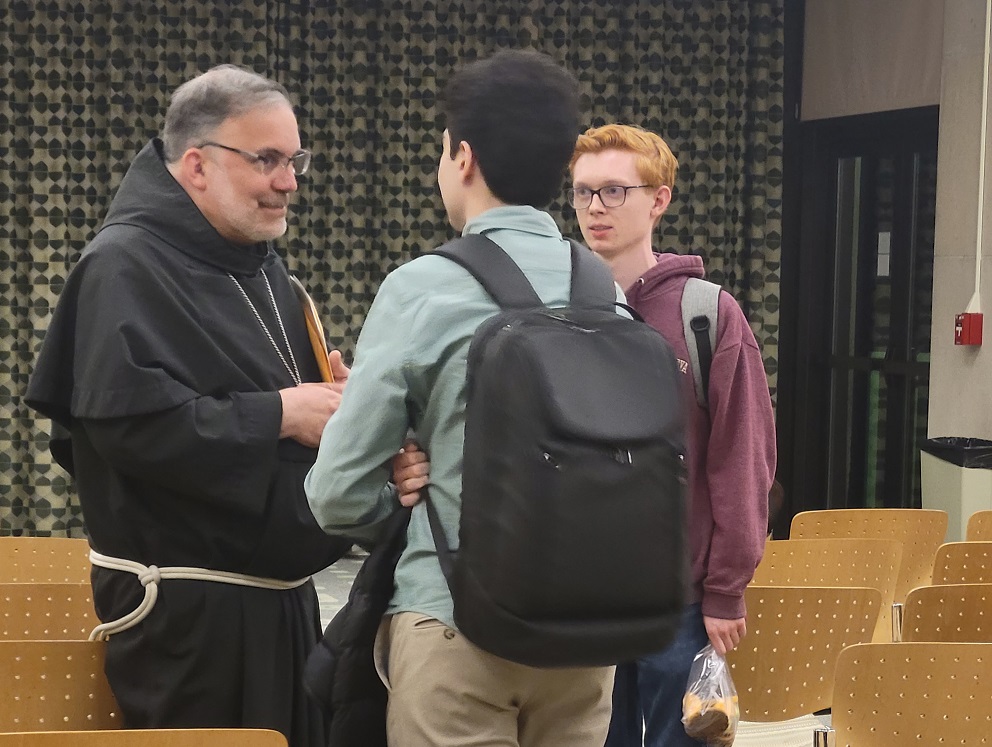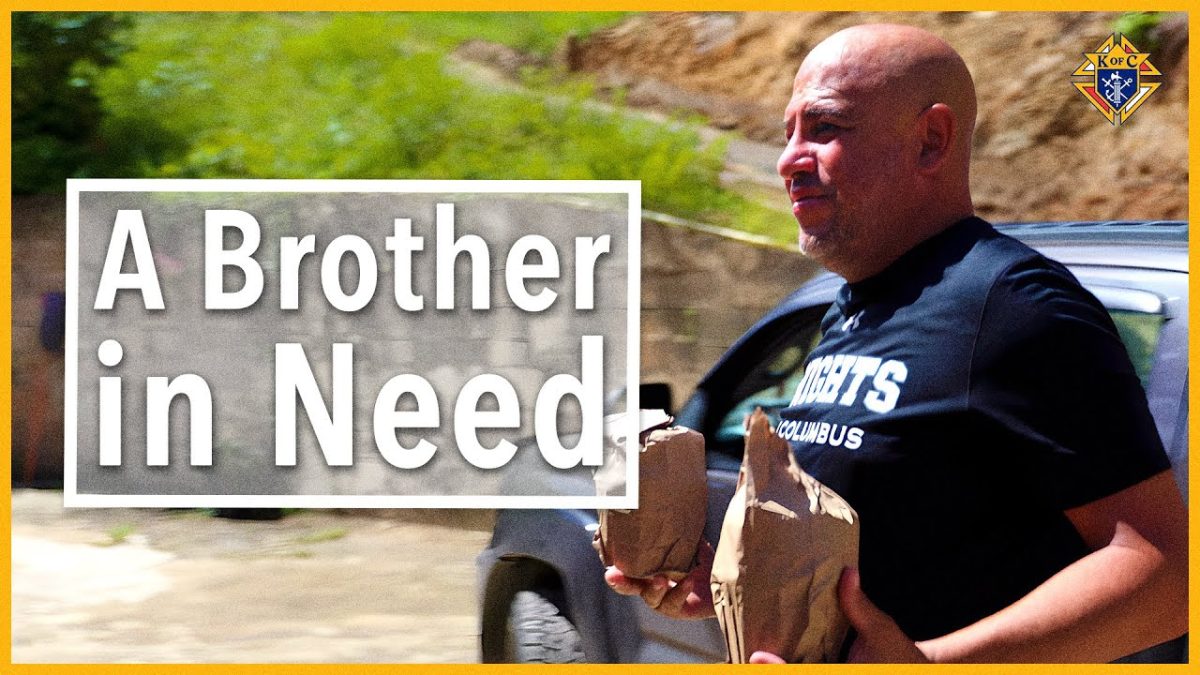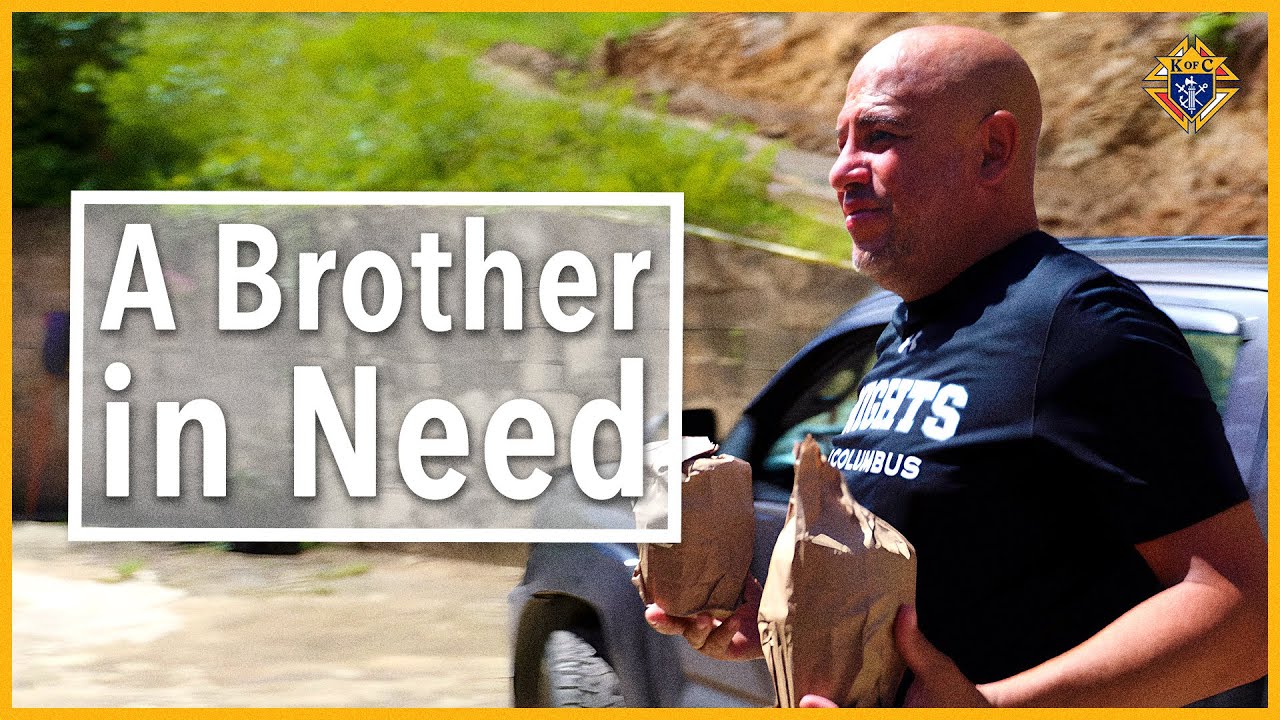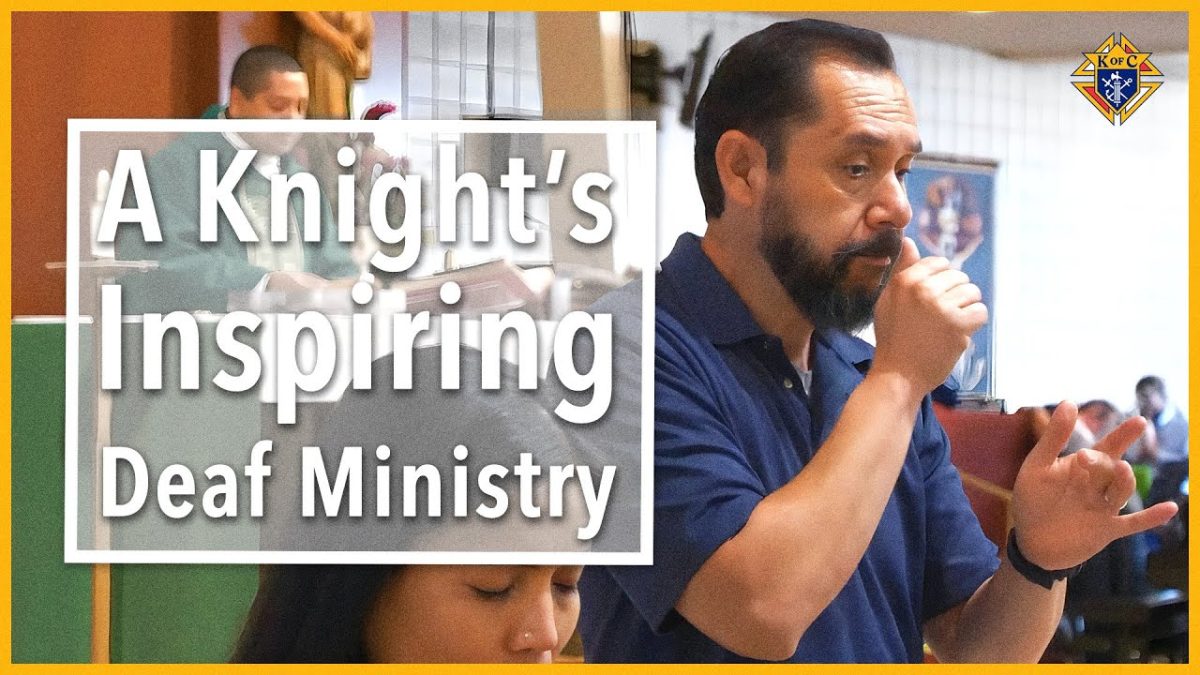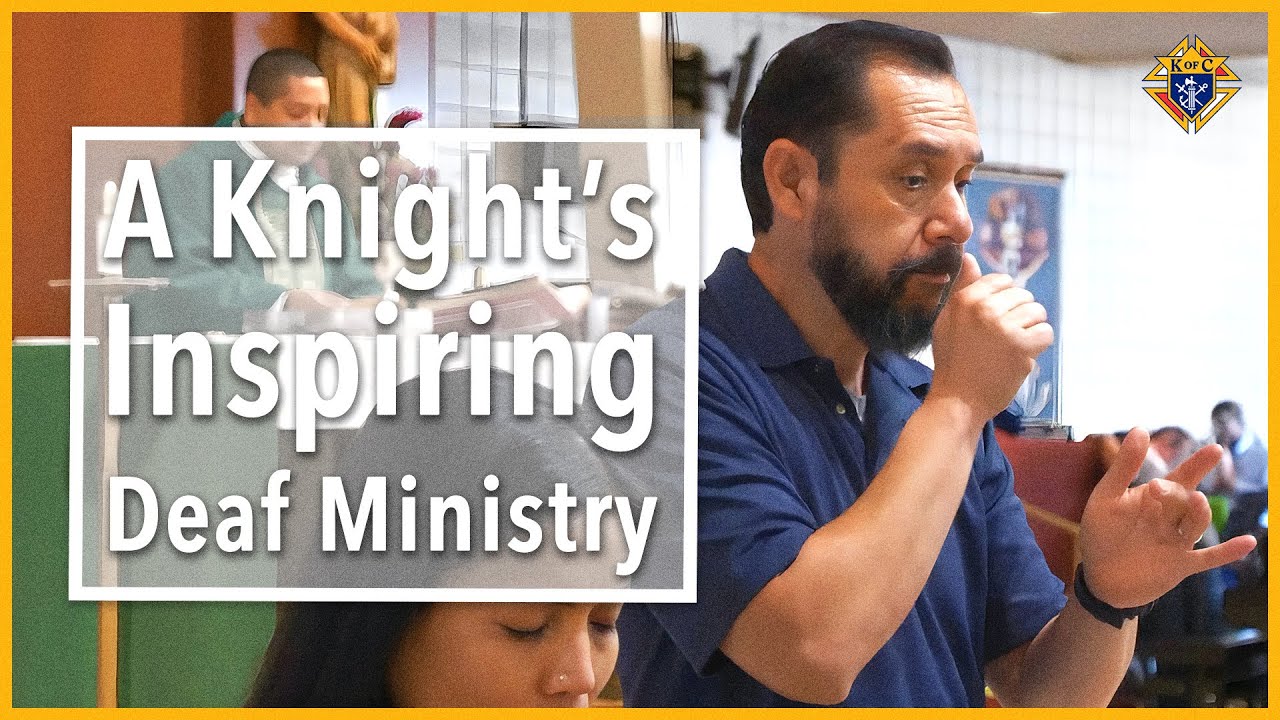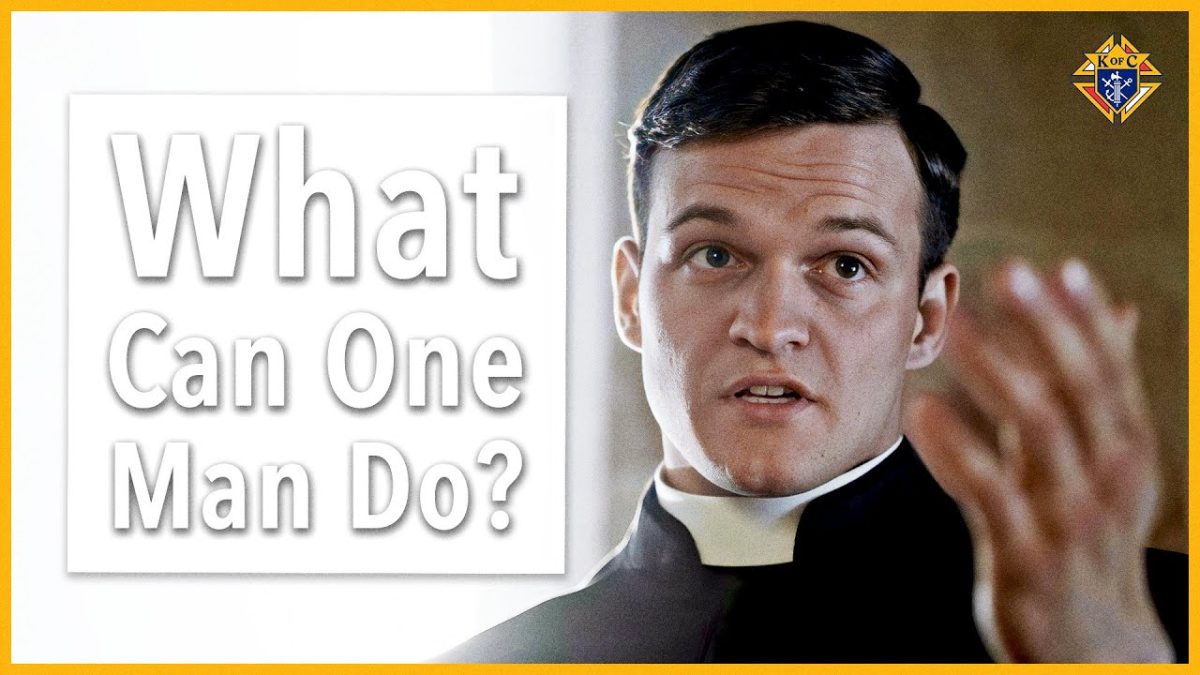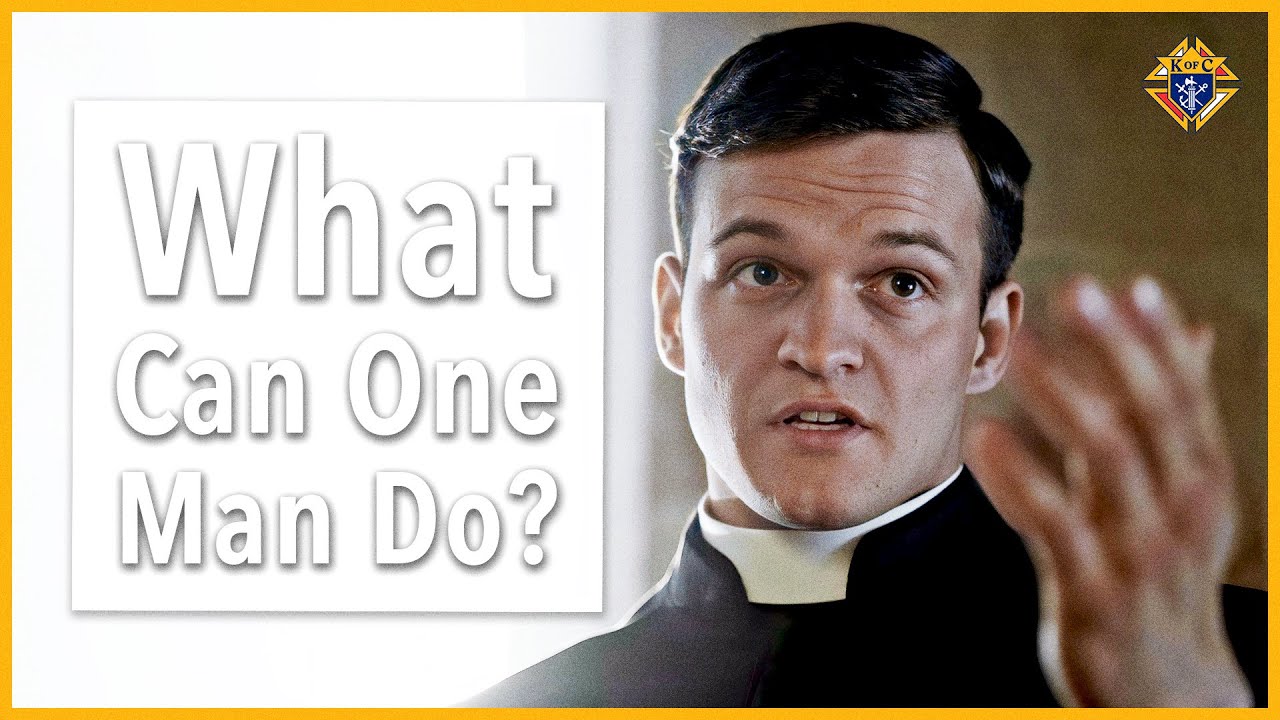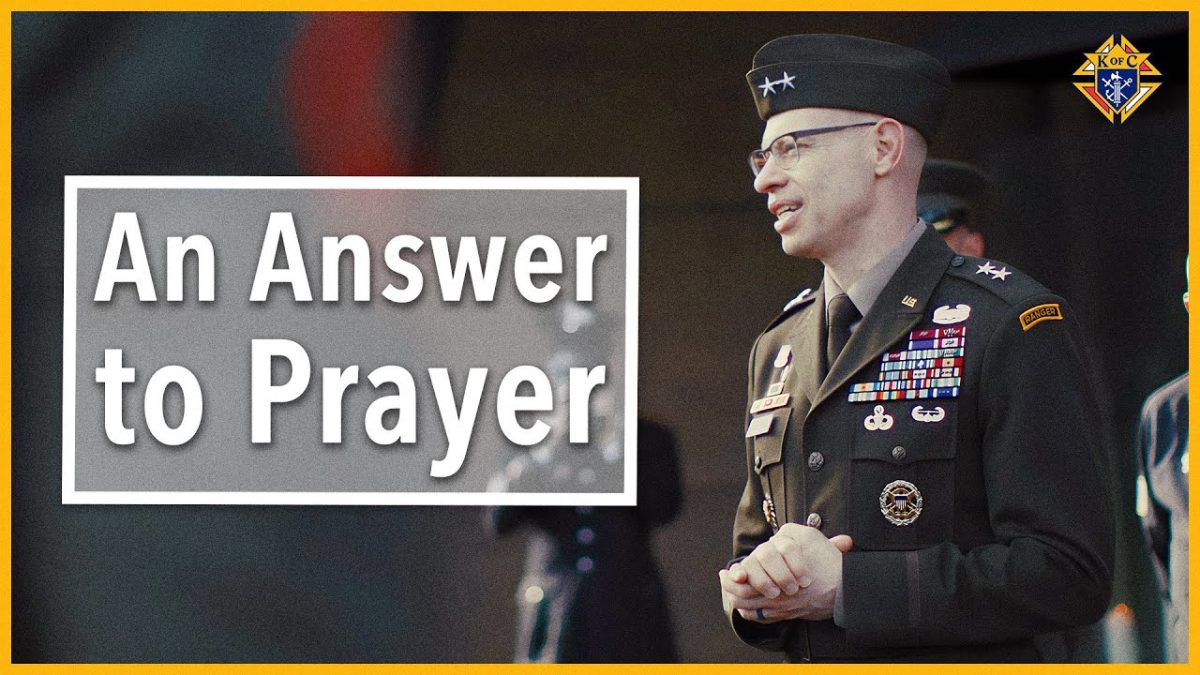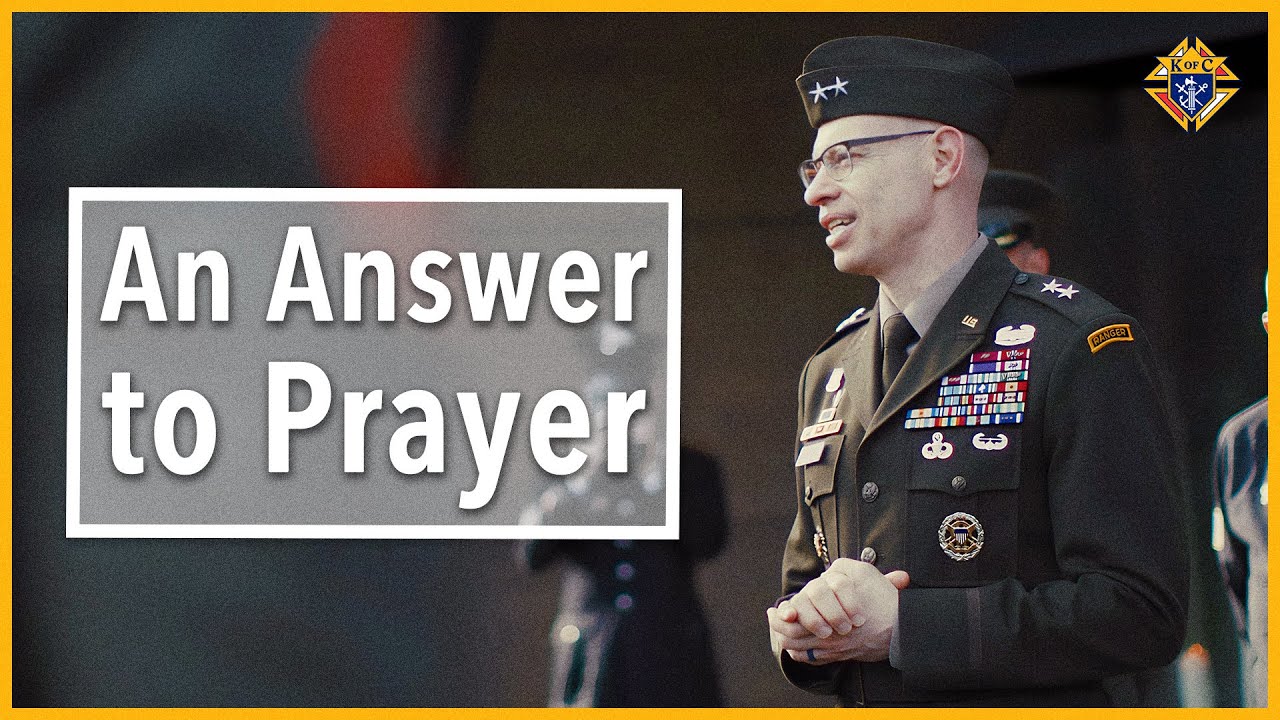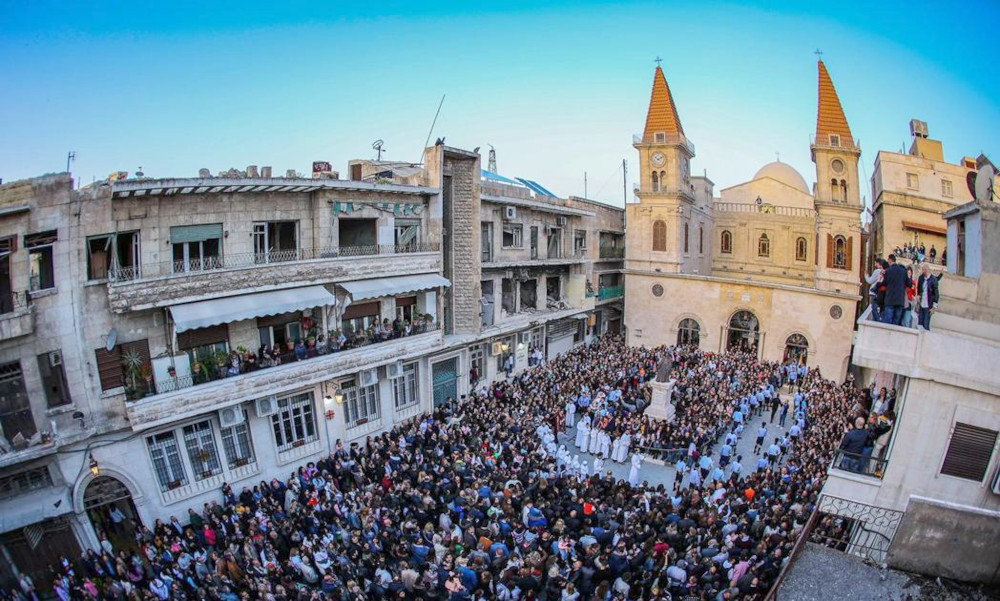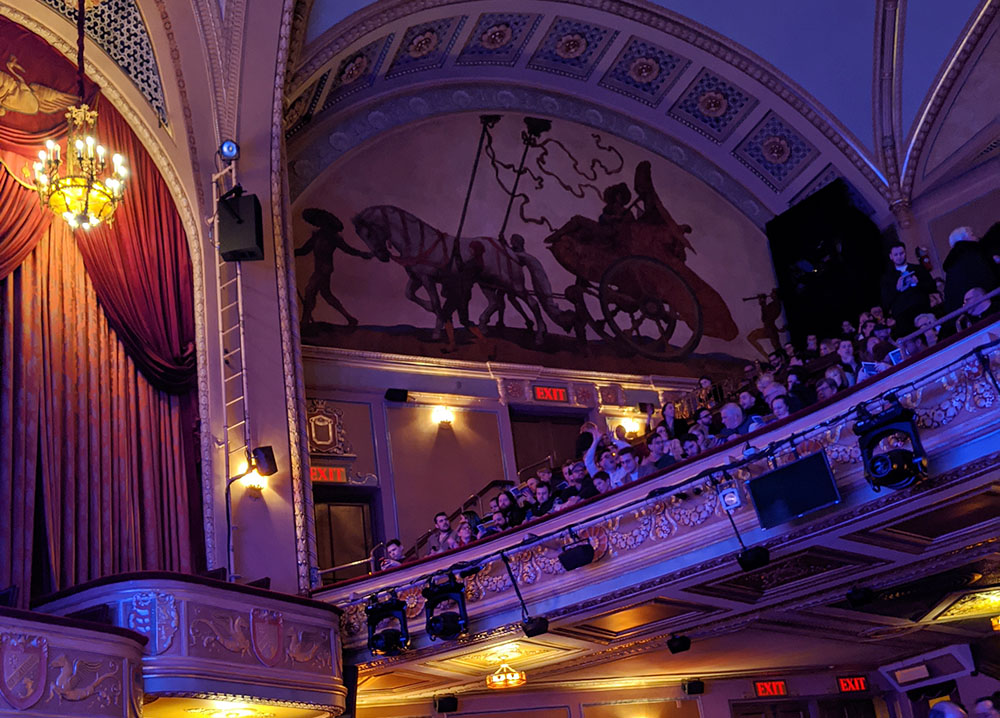
I find the Easter Triduum challenging. Liturgically and emotionally, there is much to take in. And at the same time, it is so familiar that I wonder if I’m really receiving anything new. After decades of hearing the same stories over and over, there’s a constant risk that at some point they become like those AI-generated portraits that everyone was posting as their Facebook profiles a few months ago, beautiful but too smooth, all their interesting contours and edges sandpapered away.
How do you make the familiar strange again, and yet also accessible?
This year, I thought I’d try an experiment. Rather than come at the Triduum by way of liturgy, I’d have other kinds of experiences — I’d see a show, go to a concert — and see if those experiences didn’t help me see the events of the Passion and Resurrection in a fresh way.
In the abstract, I’ll admit, it seemed like a reach. But the actual experience proved to be a profound reminder that when you put yourself into the hands of God, much can be done.
It is the gift of the young to question things the rest of us have come to accept. What if Jesus was like that, a younger person who could see a better future in part by virtue of his age?
Holy Thursday: Jennifer Pace at Swing 46
Footsteps from the theater district in Midtown Manhattan lies an eclectic block of restaurants, clubs and bars known as Restaurant Row. Near the center of that block sits Swing 46, a supper club straight out of the 1940s. Tables with little lights in the dim room surround a central area where people dance to performances of swing, big band and American standards.
On Holy Thursday, local singer Jennifer Pace was performing with her four-piece band. I first encountered Pace’s work online during the pandemic; almost every day she streamed songs on Facebook.
When I moved to New York in the summer of 2021, I started going to see her perform. I was stunned by her capacity to climb up on a piano bench in a tiny bar crowded with drunken 20-somethings and deliver a rendition of « The Rose » that ached with tenderness.
Still, I did wonder what exactly a night of the American songbook could possibly have to do with Jesus or the Last Supper. But as I listened to Pace sing, I found myself wondering for the first time about aspects of the Last Supper that the Gospel writers didn’t report. What was the meal like? What did they all talk about before Jesus took over? What was it like just to hang out in that group?
And what was Jesus thinking as he sat there with his friends? So much of what Pace sings has a wistful quality. You feel transported, but not to some far-off land of adventure. It’s a couch before a fireplace on a cold winter’s night; a bar near closing, the neon flickering outside. It’s the night you said goodbye, or a snowfall that makes you remember what once was.
Could Jesus have been feeling any of that at the Last Supper? Did he look around that room and try to cling to what he saw there, to « record » each of his friend’s faces, knowing his time with them was at an end? Or did he perhaps just sit back and savor it all? Did he drink them all in and let their love give him the strength to follow his own?
Pace’s performance is full of contradictions: It’s vulnerable but somehow strong, filled with yearning for things now gone, and yet more grateful than sad. As she sings, she stretches her arms forward, reaching, yet not so much to recapture the past as to let it out into the world, to allow it to take fresh root.
It hits me as exactly what Jesus might have felt that last night together, the thing he might have taken with him into the night.
Good Friday: ‘Parade’
The true story behind the Broadway musical « Parade » has many similarities to the Passion. Leo Frank was a Jewish man from Brooklyn, New York, living in Georgia with his wife 50 years after the Civil War. He was accused of the rape and murder of a little girl. The evidence was entirely concocted by the local district attorney. The governor of the state eventually issued a stay of execution. But Frank was then seized and lynched by a mob.
I’d seen the show once before from the balcony. This time I got a seat on the far right of the orchestra; immediately, it was a very different experience. From the balcony, you’re sufficiently removed and can simply take in the show as you would any other. But in the orchestra, you’re so close to the action you feel more like a participant, someone who showed up to watch this man get executed.
Before the show began, I watched people chatting happily with one another, someone sipping a drink designed especially for this show while others nearby waved to a friend in a different section. We felt like a small town on the first warm day of the year, everyone relishing the chance to see one another.
Could this have been what it was like at Golgotha before the crucifixion?
The show’s intermission only deepened the question. Having been convicted at the end of Act One, Frank spends the entire intermission sitting alone on stage on the raised platform that serves as his cell. And so while we stretch our legs, mingle, eat a snack, consider the souvenirs, Frank stares into space, trapped on display before us, just like Christ on the cross.
For some in the orchestra section, it was almost too much to handle. They’d glance his way from time to time then avert their eyes, uncertain of how to deal with this.
Advertisement
Others, though, saw the staging as an opportunity. Throughout the orchestra section, people spent the intermission taking selfies with Frank behind them. In the center aisle, a line of people actually waited their turn to get as close to the stage as possible. I watched an adult son take a happy photo with his mom, a memento of their evening on the town. A girl had her friend take another so that she could frame her hands in a heart around the actor, Ben Platt. It was endless, and shocking.
At the very end of the show, having been executed, Frank slowly walks across the stage as the cast sings a patriotic song about Georgia. He watches them, then slowly turns to us in what from the balcony seems like shared disappointment. « Can you believe these people? »
But seated closer this time, I see now that he looks upon us in the same way as them, his gaze asking, « Will we ever learn? » And I find myself squirming in a way I never have before on Good Friday.
Easter: ‘Fat Ham’
On a whim the day before Easter, I got a rush ticket for « Fat Ham, » a Pulitzer Prize-winning reimagining of the story of Hamlet set in the home of a contemporary Black family. I didn’t expect it to have an Easter connection. If anything, Hamlet seems more a Good Friday show than a contemplation on resurrection.
But rather than a literal retelling of Hamlet, « Fat Ham » is an attempt to challenge its fatalistic narrative. The play’s protagonist, a young Black queer man named Juicy, struggles with the question of whether to kill his uncle, just as Hamlet does. His discomfort with the idea of doing what his father said is a sign not of weakness but of wisdom, some inner part of him trying to escape the endless cycle of violence in his family.
Juicy’s peers are also told they must live within the constraints of certain familial or social expectations; Fat Ham’s versions of Laertes and Ophelia resist. It’s a close call for all of them and sacrifice is seemingly inevitable. But the show refuses to go that way, concluding instead in an unexpected visual and aural explosion of joy, with the family finally set free.
Jesus, too, I realized, refused to « follow the scripts » that had been set before him, both in life and death. As I contemplated the play later, what stood out was the idea of Jesus as a young person. So often it is the gift of the young to question things the rest of us have come to accept. They view the world with fresh eyes and a belief that change is possible, and so they are able to make it so.
What if Jesus was like that, not some wizened adult but a younger person who could see a better future in part by virtue of his age? How might it change the way I hear his words or relate to him? How might it change our vision of church?
The leadership of Catholicism continues to rest with older, white men. Watching « Fat Ham » made me wonder whether we haven’t gotten it all wrong. The heart of Christianity rests with our young, who keep calling the church to a greater integrity and compassion, as Jesus did with his own religious leaders.
The freedom and new life we’re promised in the Resurrection? Maybe it’s not something we’re meant to wait for. Maybe it’s being offered to us right now, by the young people in our midst. What might it be like to let them lead us?
